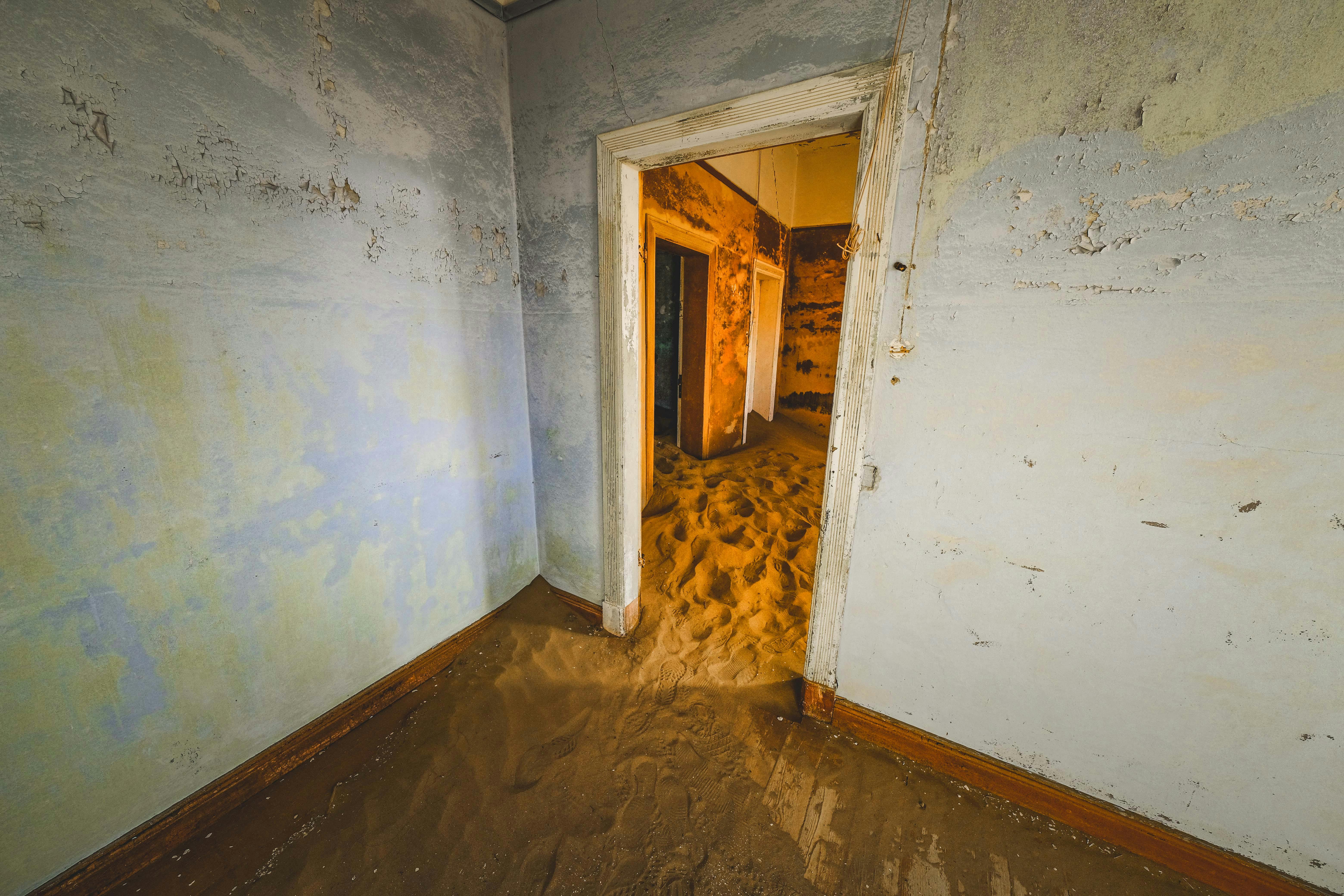Efficient Methods to Find the Circumference of a Circle Using Diameter in 2025
Understanding the circumference of a circle is fundamental in geometry, especially when dealing with practical applications in everyday life. When you know the diameter of a circle, you can quickly calculate its circumference using a simple formula. This article will guide you through efficient techniques to measure and calculate circumference effectively. We will explore various aspects of circle properties, the relationship between diameter and circumference, and practical examples to help you grasp these concepts.
With a focus on mathematical exploration and real-world applications, you’ll learn why understanding the circumference is essential, particularly in fields like architecture, design, and everyday calculations. Let’s dive into the circle's properties and its circumference to ensure you have a solid grasp of these fundamental geometric concepts.
Key Takeaways:
- Why the circumference matters in geometry.
- How to measure the diameter and use it in circumference calculations.
- Real-life applications of circle measurements.
Understanding Circle Properties and Definitions
Before delving into the calculations, it’s crucial to understand the basic properties of circles. A circle is defined as a set of points that are equidistant from a given point, called the center. The distance from the center to any point on the circle is known as the radius, while the straight line that passes through the center and connects two points on the circle is called the diameter. One important aspect of a circle's geometry is the relationship between its diameter and circumference.
The mathematical constant π (pi) approximates 3.14159 and plays a pivotal role in circular measurements. The circumference of a circle can be calculated using the formula: C = π × D, where C is the circumference and D is the diameter. Understanding this definition helps in recognizing how the two main features of circles interact.
As we proceed, you will learn how to measure the diameter accurately and calculate the circumference seamlessly.
Measuring Diameter Accurately
Measuring the diameter of a circle accurately is essential for precise circumference calculations. Begin by locating the center of your circle, which is the midpoint. Use a ruler or measuring tape to measure straight across the circle, ensuring that you cross through the center. This measurement is your diameter.
In some practical scenarios, you might be dealing with circular objects like wheels or containers. In such cases, measuring tools that can wrap around the object, like flexible measuring tapes, can provide an accurate diameter. Always ensure your measuring tool is straight to avoid errors.
Common mistakes to avoid when measuring include not ensuring your measuring tape is taut or not measuring at the widest part of the circle. Additionally, always double-check your measurements, especially in precision-focused applications.
The Circumference Formula and Its Applications
Once you have the diameter, applying the circumference formula is straightforward. Using C = π × D, plug in the diameter measurement you obtained. For instance, if your diameter measures 10 cm, then the circumference will be approximately 31.42 cm (using π ≈ 3.14). This formula highlights the direct proportionality between diameter and circumference.
In real-world applications, this formula finds its use in various fields from engineering to art. Whether designing circular logos, calculating material length for circular designs, or understanding motion of circular objects, the formula remains a vital tool.
Circumference in Everyday Life
The significance of circumference extends beyond theoretical mathematics; it has practical implications in our everyday life. For example, when measuring the length of fabric needed for circular items, or the distance a wheel travels in a rotation, understanding how to calculate circumference is crucial. In constructions, the circumference assists in determining areas such as fences needed for circular gardens or circular swimming pools.
Understanding circumference also plays a role in various scientific fields. For example, analyzing circular motion in physics and studying the properties of circular objects found in nature contribute to a better comprehension of our world.
Calculation Techniques for Circumference
Having grasped the fundamentals, let’s discuss efficient techniques for circumference calculation that can streamline your process and enhance precision. Depending on the scenario, you may employ different methods for various types of measurements.
Using Pi for Quick Calculations
One effective technique in calculating the circumference is using approximations of π. Depending on the level of precision required, you may use various values for π. For quick calculations, rounding π to 3.14 is common, while for more precise calculations, you may use 3.14159 or even more decimal places. This flexibility allows you to adjust calculations based on context.
When speed is necessary, having a quick reference for π can speed up calculations, especially in settings like classrooms or exams.
Application of Circumference in Geometric Problems
Understanding how to apply the circumference formula helps in solving various geometric problems efficiently. For example, educational exercises often involve determining the circumference from given diameters or vice versa. This practice reinforces the connections between different circle properties and enhances your mathematical skills.
Visualizing problems with circles, utilizing diagrams or computer software for simulation can also enhance comprehension and application speed.
Visual Representations and Diagrams
Visual aids, such as diagrams depicting circles with drawn diameters and marked circumferences, can clarify concepts significantly. By visualizing relationships, students can better grasp how changes in diameter affect circumference. Utilizing geometry software or drawing applications fosters an interactive learning environment.
This approach not only aids in academic arenas but is vital in practical fields like architecture or engineering where circular designs are commonplace.
Common Circumference Calculation Mistakes
Even seasoned mathematicians can make errors in circumference calculations if not careful. Here are a few common pitfalls to avoid:
Incorrectly Measuring Diameter
One of the most frequent mistakes involves miscalculating the diameter. Ensure that your measuring techniques are precise; an improper measurement directly impacts circumference accuracy. Always measure at the widest section and confirm the center.
Miscalculating Pi Values
Using the incorrect value of π can lead to significant errors. Ensure you are using a rounding that matches your precision needs. This is especially relevant in advanced applications where precision matters.
Neglecting Units
In real-world applications, neglecting to convert units can lead to incorrect results. Whether measuring in centimeters, meters, or other units, maintain consistent units throughout your calculations. Always double-check that your final results make sense dimensionally.
Q&A Section on Circumference Calculations
How do I find the circumference if I only have the radius?
If you have the radius (R), you can find the diameter using the formula: D = 2 × R. Once you have the diameter, apply the circumference formula: C = π × D.
Is there a quick way to calculate circumference with an approximate value of pi?
Yes, for quick approximations, you can use 3.14 for π. This allows for faster calculations, especially in everyday scenarios or rough estimates.
What tools can help in measuring diameter and circumference accurately?
Flexible measuring tapes, calipers, and rulers are common tools for measuring diameter accurately. For circumference, using string or tape can help when wrapping around circular objects for measurement.
How can circumference calculations be applied in real life?
Circumference plays a vital role in fields such as architecture, design, and engineering. It helps in calculating materials needed for circular structures, wheels, or any circular designs.
Understanding the circumference is crucial not only for educational purposes but also for practical applications in our daily lives. By fully grasping these concepts and avoiding common mistakes, you can become proficient in circular measurements.
For more insight into circle calculations or additional educational resources, explore more topics over here or here.


